Have You Heard of Prairie Minimalism? Discover how Midwestern Gardens Are Leading the Next Wave of Landscape Design
Restrained yet impactful prairie planting can add a contemporary twist to your garden


Loved for its relaxed, informal and romantic style, prairie planting seeks to replicate the American prairies of the Midwest. Using native species and minimal human input, prairie gardens continue to gain interest as gardeners turn their thoughts towards more sustainable methods.
Most effective on a larger scale, prairie planting is based on the vast open spaces of the natural prairies. But it can also be used in a more modern and minimalist way, which is easier to incorporate on a domestic level.
Read on to discover how the concept of prairie minimalism puts a contemporary twist on this style, and how to get the look in your backyard.
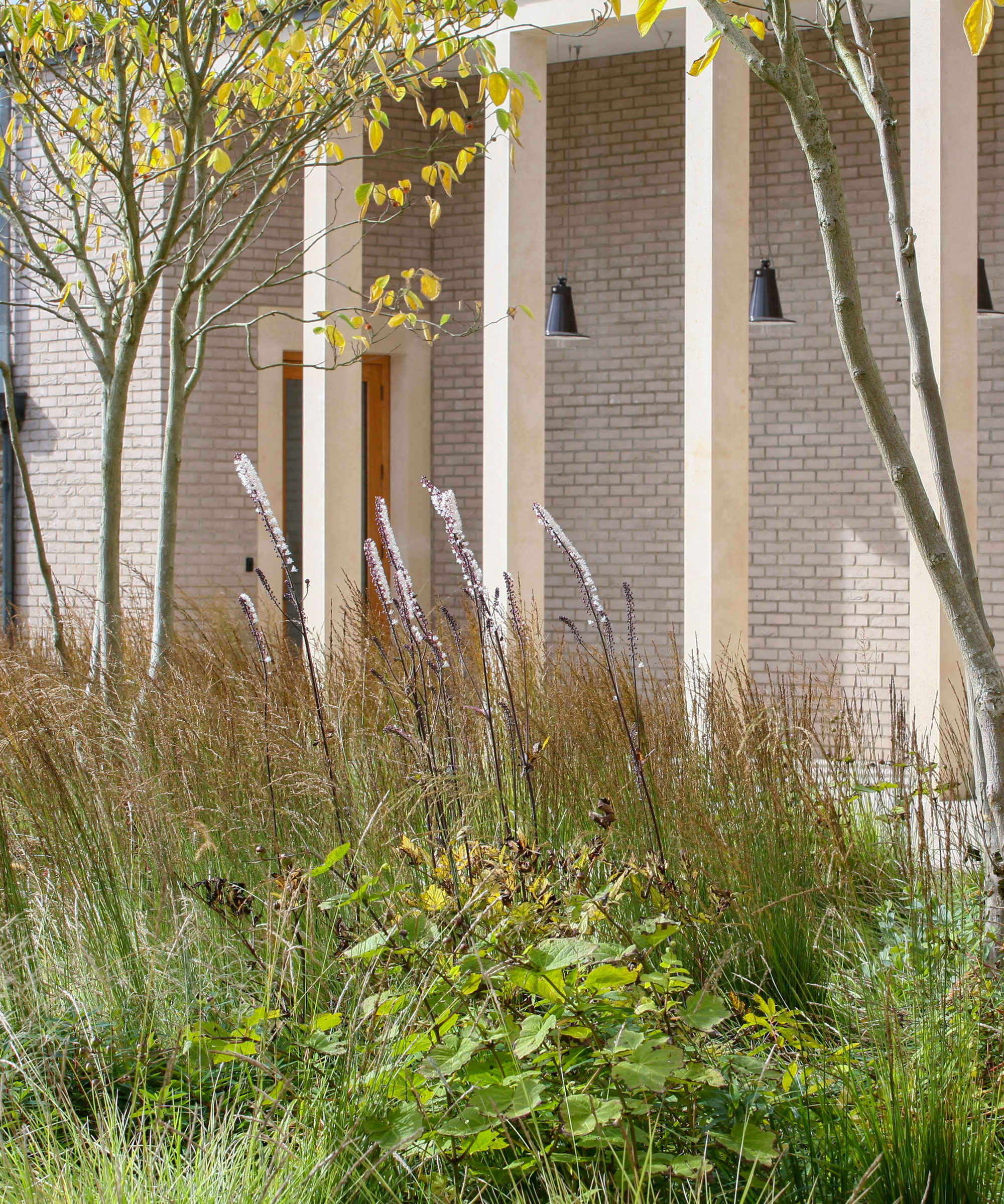
What is prairie minimalism?
There is no denying that large-scale prairie planting can look dramatic over the winter months when grasses and seed heads are highlighted by the low sun and morning frost. But it is late summer and early fall when a prairie garden really comes into its own.
Based upon a wide variety of native grasses and late-blooming perennials, prairie planting forms a stunning tapestry with beautiful drifts of color and texture.
On a smaller scale, such as an urban garden border, a diverse range of grasses and herbaceous perennials can look overcrowded and jumbled, so how can you use native prairie plants but still achieve clean lines and a modern feel?
One answer is to use a limited number of species and a constrained color palette in a simplified pattern.
Design expertise in your inbox – from inspiring decorating ideas and beautiful celebrity homes to practical gardening advice and shopping round-ups.
A sustainable approach
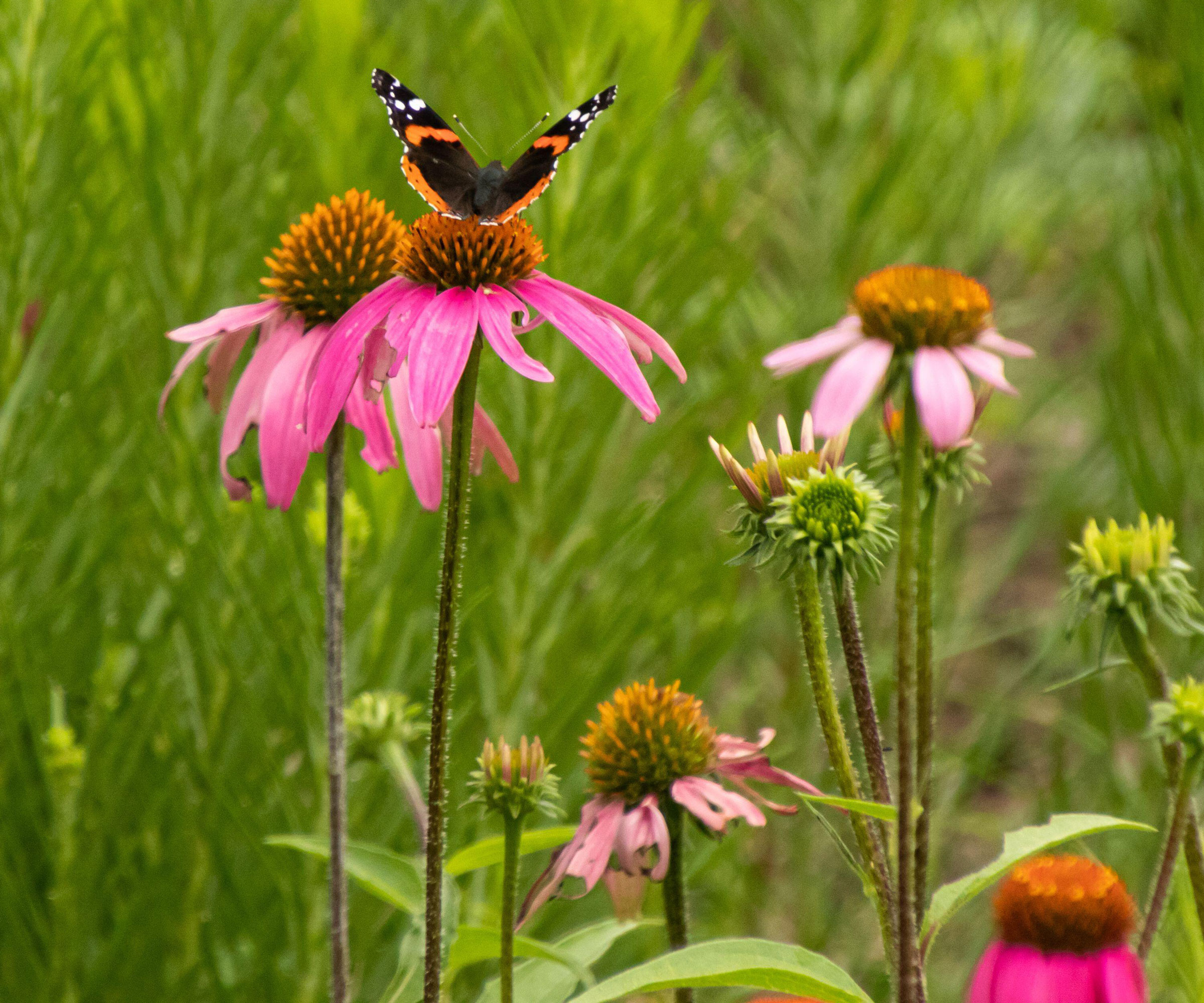
Prairie planting and prairie minimalism do not just look visually attractive but can offer sustainable benefits to the world around us. From an environmental approach, prairie minimalism uses native plant species that, once established, are drought-tolerant and need considerably less irrigation than a traditional lawn or border.
Consisting of plants with varying depths of root systems, prairie planting can help prevent soil erosion as the deep roots, especially, help stabilize the soil.
Furthermore, by using native plants suitable for the local conditions, the need for any fertilizers and other chemicals is greatly reduced.
When it comes to the ecological benefits of prairie planting, the diversity of the plants used can help attract wildlife, such as birds, pollinators and other beneficial insects, to your garden.
The perennial flowers, or forbs, provide an important source of nectar for bees and butterflies and come winter, the seed heads will help feed the birds and plant stems provide shelter for insects.
An additional benefit for time-poor gardeners is that this style of planting is considerably low-maintenance. With time saved watering, feeding, weeding and deadheading, there is more time to enjoy the garden and benefit from it therapeutically.
How to achieve a prairie minimalism style in your yard
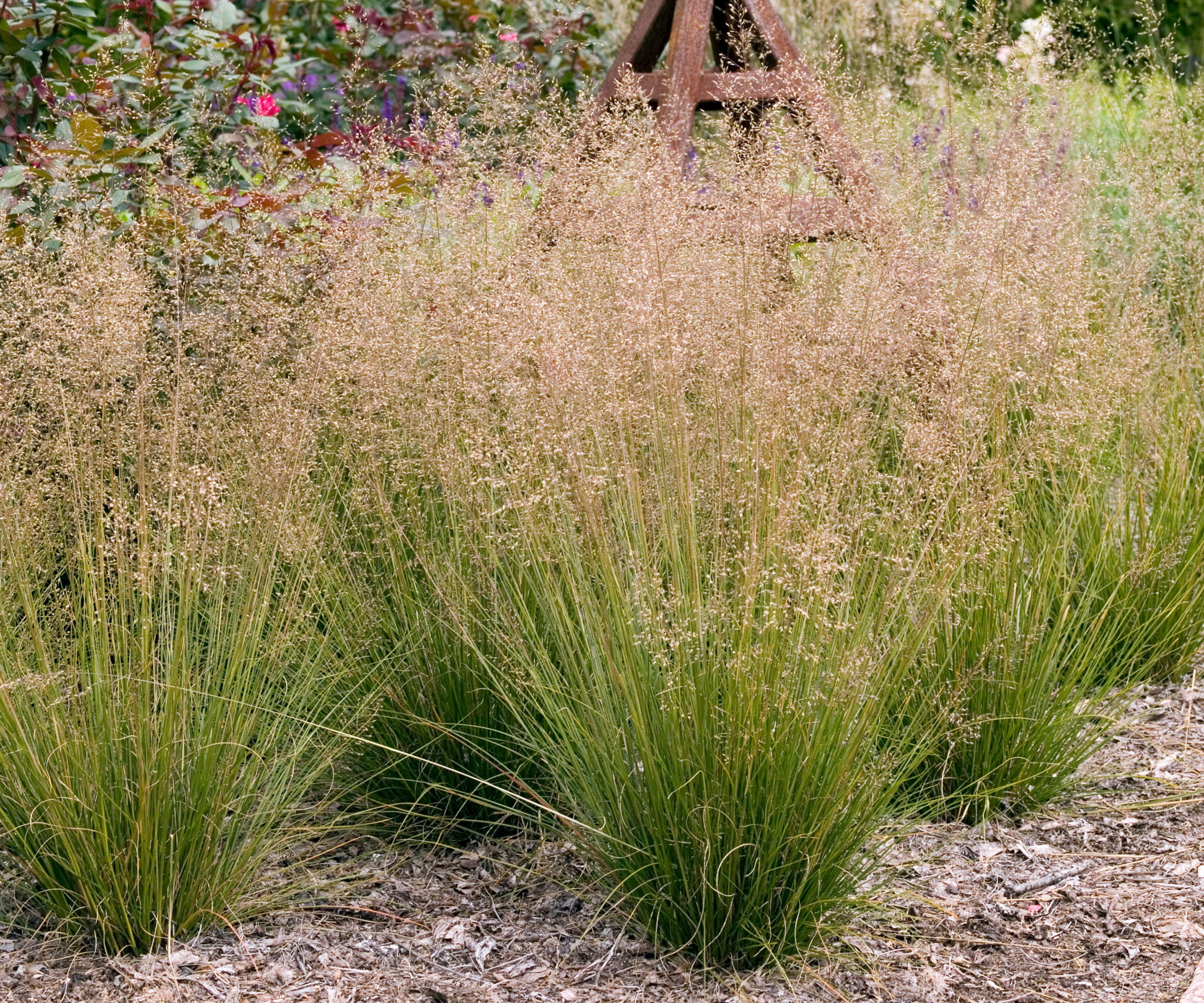
In contrast to the multitude of plant species found in a natural prairie, the key to achieving a more modern and minimalist style is restraint.
When asked how modern minimalist prairie planting differs from traditional prairie style planting, author and specialist in natural landscape design Benjamin Vogt responded, ‘Far less species diversity. In a wild meadow or prairie, there will be dozens upon dozens of species in a square meter. Minimalism, by its very definition, attempts to distil the echo to its most emblematic core. That might be one grass species or just a few.’
For a modern minimalist design, gardeners often look towards more structure and clean lines. To help achieve this, Benjamin suggests, ‘keeping the grass to one unifying species (likely a groundcover or matrix species that's shorter) and then having only 1-3 forb species in bloom at one time.
'Those forb species may also be highly architectural in their structure, or have a mounding, topiary-like shape to them, such as Baptisia minor and Smyphyotrichum oblongifolium.'
Commonly known as dwarf false indigo, Baptisia australis var. minor is a herbaceous perennial that is native to the North American Prairies with an upright habit. Providing a long season of interest, Baptisia minor produces white flower buds that develop into lilac-indigo flowers that are adored by pollinators.
Furthermore, if not deadheaded, black seed pods appear and stand over winter, extending its appeal. Suitable for growing in zones 3 to 8, you can purchase Hazzard's Baptisia Australis Minor seeds from Amazon.
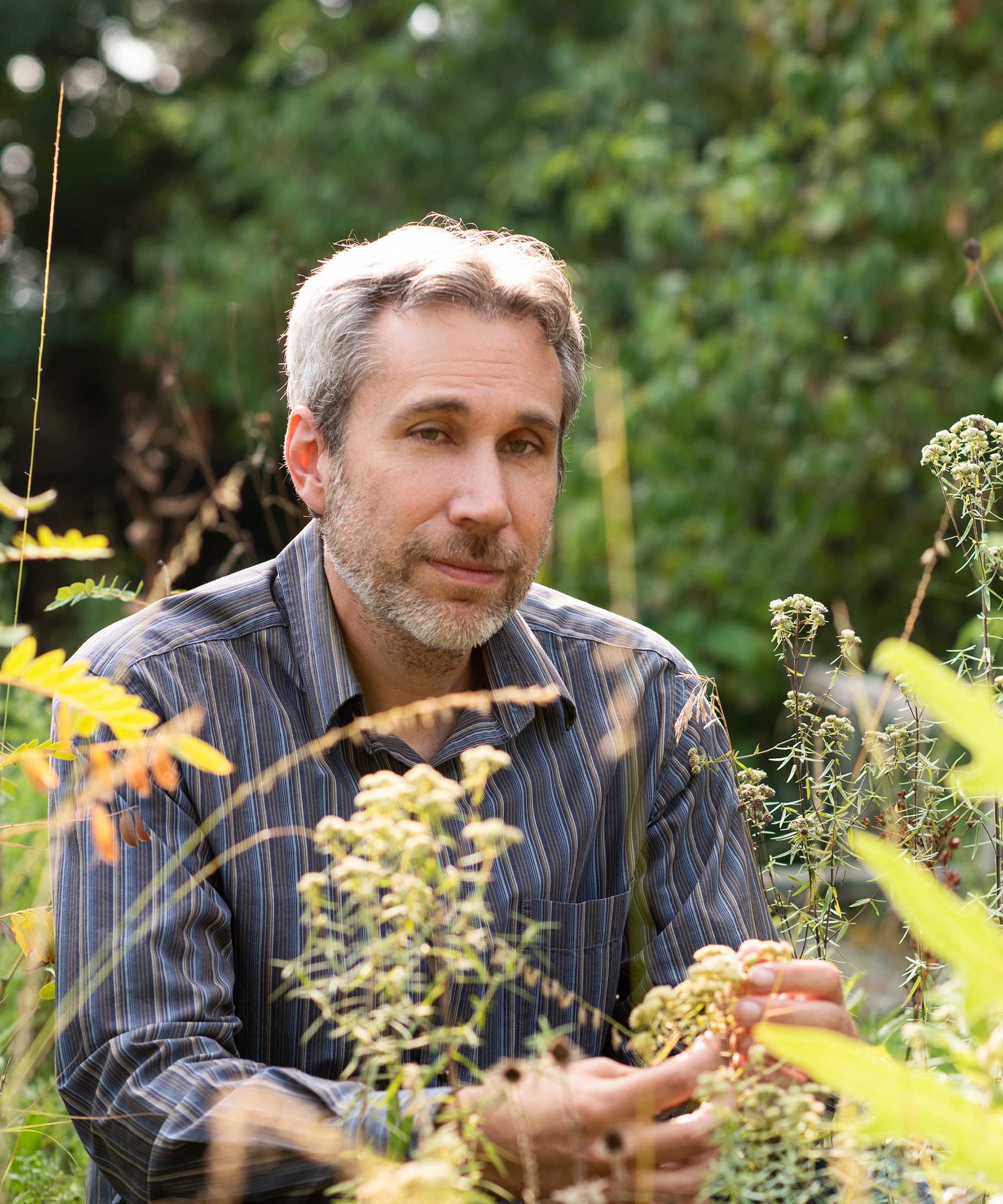
Benjamin Vogt is an author, designer, speaker and the owner of Prairie Up. He has written A New Garden Ethic: Cultivating Defiant Compassion for an Uncertain Future, as well as Prairie Up: An Introduction to Natural Garden Design – both available on Amazon. Benjamin speaks internationally on environmental ethics and sustainable garden design employing native plants.
Plants for the prairie minimalism look
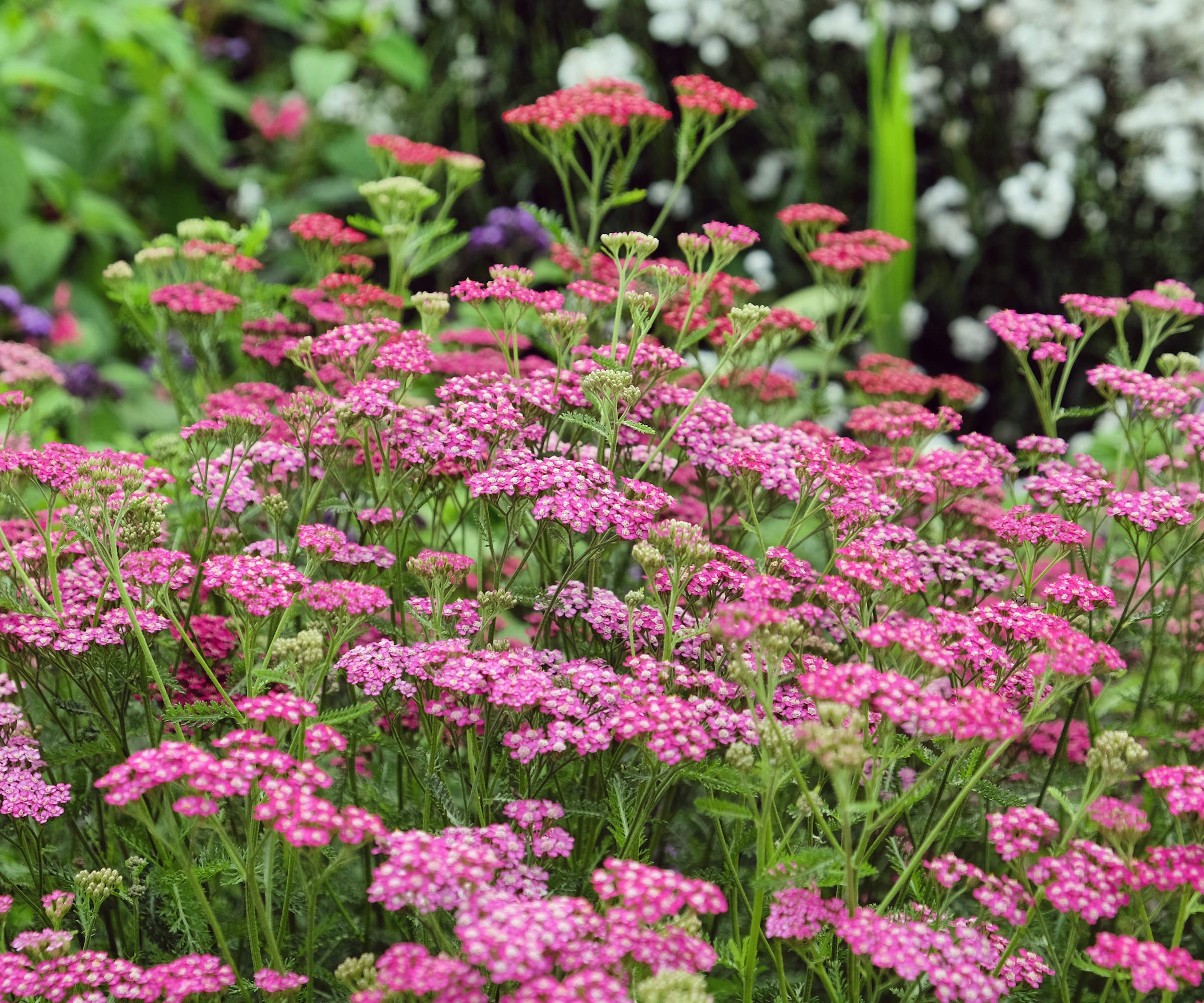
Prairie planting comprises a mixture of grasses and flowering perennials and the ratio of these plants can differ depending on the desired effect.
For example, a natural prairie may consist of roughly 75% grasses and 25% flowers, but a specifically designed small modern prairie garden may lean towards more color and wildlife attraction and a ratio closer to half and half.
Native perennials commonly used in modern prairie planting include the durable and heat-tolerant black-eyed Susan (Rudbeckia). Producing golden-yellow petals surrounding a deep brown centre, Rudbeckia hirta ''Indian Summer' flowers from July into the fall and tolerates zone 5 and above. You can purchase Indian Summer Black - Eyed Susan from Nature Hills.
Another native perennial often specified in prairie designs is the purple coneflower (Echinacea purpurea). Producing purple petals that droop away from its brown cone, this plant attracts butterflies and hummingbirds and is easy to care for. Suitable for growing in zones 3 to 8, you can purchase NatureZ Edge Purple Coneflower Seeds from Amazon.
The drought-tolerant common yarrow (Achillea millefolium) is another native option. Being pollinator-friendly, it is known to be a magnet for all sort of bees, butterflies and hoverflies and is well suited to zone 4 and above. Outsidepride Achillea Millefolium Wild White Yarrow Seeds are available from Amazon.
For grasses, bluestem (Schizachyrium scoparium), switchgrass (Panicum virgatum) and dropseed (Sporobolus) are favourable due to their colors, textures and ability to provide a dense matrix and movement.
Widely used for prairie and native planting schemes, little bluestem is a hardy perennial grass with blue-silver foliage that takes on an autumnal-brown hue and produces white fluffy seedheads in the fall.
It remains compact with a final height of 2-3 feet and will cope with zone 3 and above. You can purchase Little Bluestem Grass from Nature Hills.
For smaller spaces and a more structured feel with clean lines, Neil Diboll, author and President of Prairie Nursery in Westfield, Wisconsin, suggests, ‘using the short grasses, especially Prairie Dropseed (Sporobolus heterolepis) and Little Bluestem (Schizachyrium scoparium) in monocultures, blended with wildflowers amongst them.’
Neil goes on to say that, ‘a particularly effective approach is to use Prairie Dropseed as a transitional border between a formal lawn and the “wilder” prairie garden. These grasses can also be planted in winding “rivers” of monocultures side by side, punctuated with taller individual specimen plants (Baptisias, Silphiums, etc.) and groups of 5-7 or more showy flowers, as appropriate for the species.'
For compact planting areas, he also suggests ‘focusing on specific plant foliage and flower color combinations to achieve maximum interest in a small space.’ When it comes to planting against a boundary, Neil recommends that ‘tall plants can have a role in small spaces, especially in “native border gardens” against walls, and that big plants can be utilised in a backyard corner to achieve an exclamation point using a very few individual plants such as Eupatoriums, Silphiums and Vernonias.'
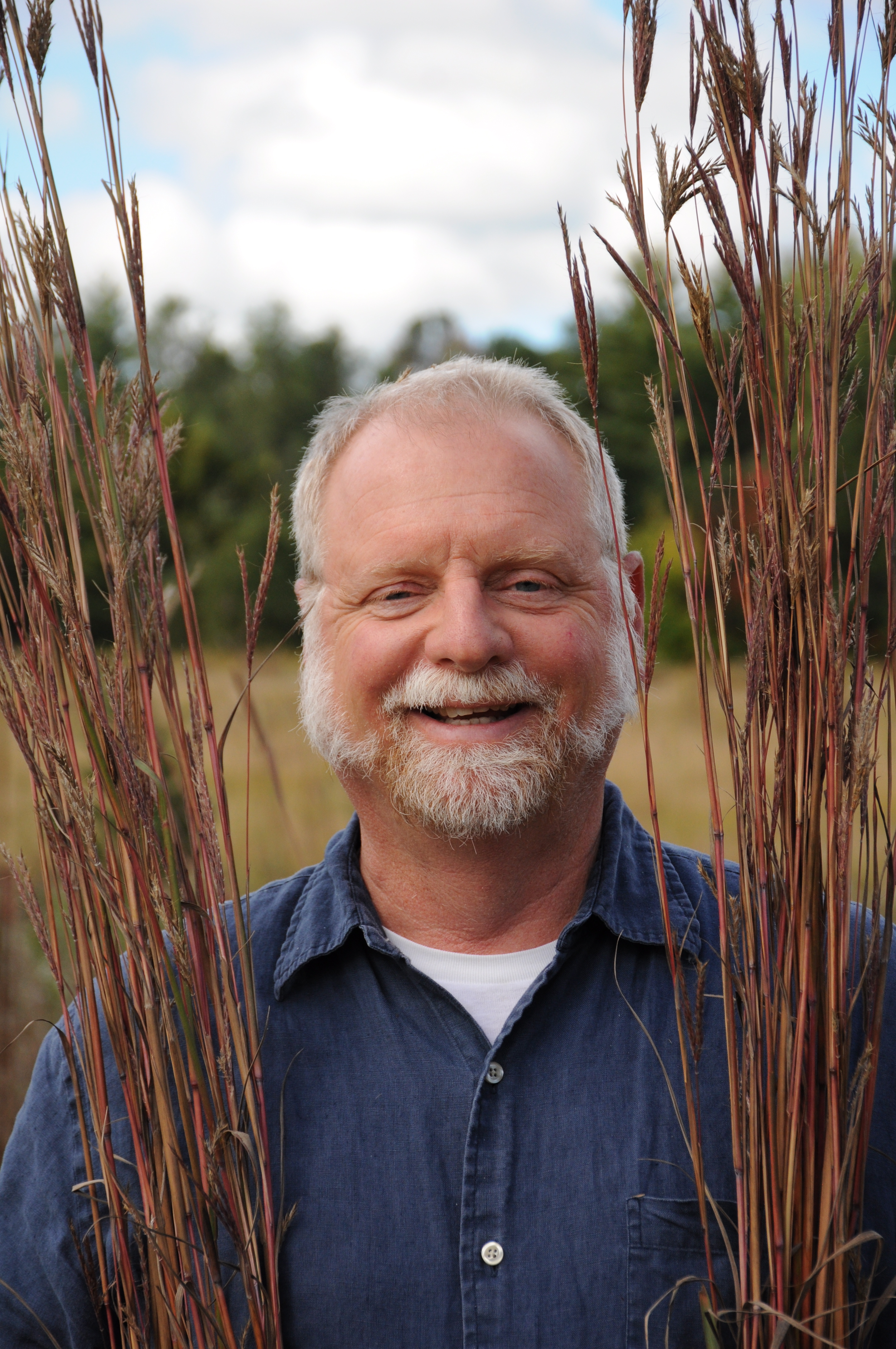
Neil is President of Prairie Nursery in Westfield, Wisconsin, renowned for growing of native plants. Neil is an ecologist and an expert on using Prairie and Savanna plants in contemporary landscapes for ecological restoration. He is the author of 'The Gardener’s Guide to Prairie Plants, ' available from Amazon
With climate change and global temperatures rising, gardeners are looking for more ways to make their gardens more sustainable. One such way is to reduce the size of your lawn or to create a meadowscape instead.
Defined simply as growing a variety of native wildflowers and grass species, after the initial investment, you can look forward to reduced watering and mowing and enjoy observing all manner of wildlife instead.
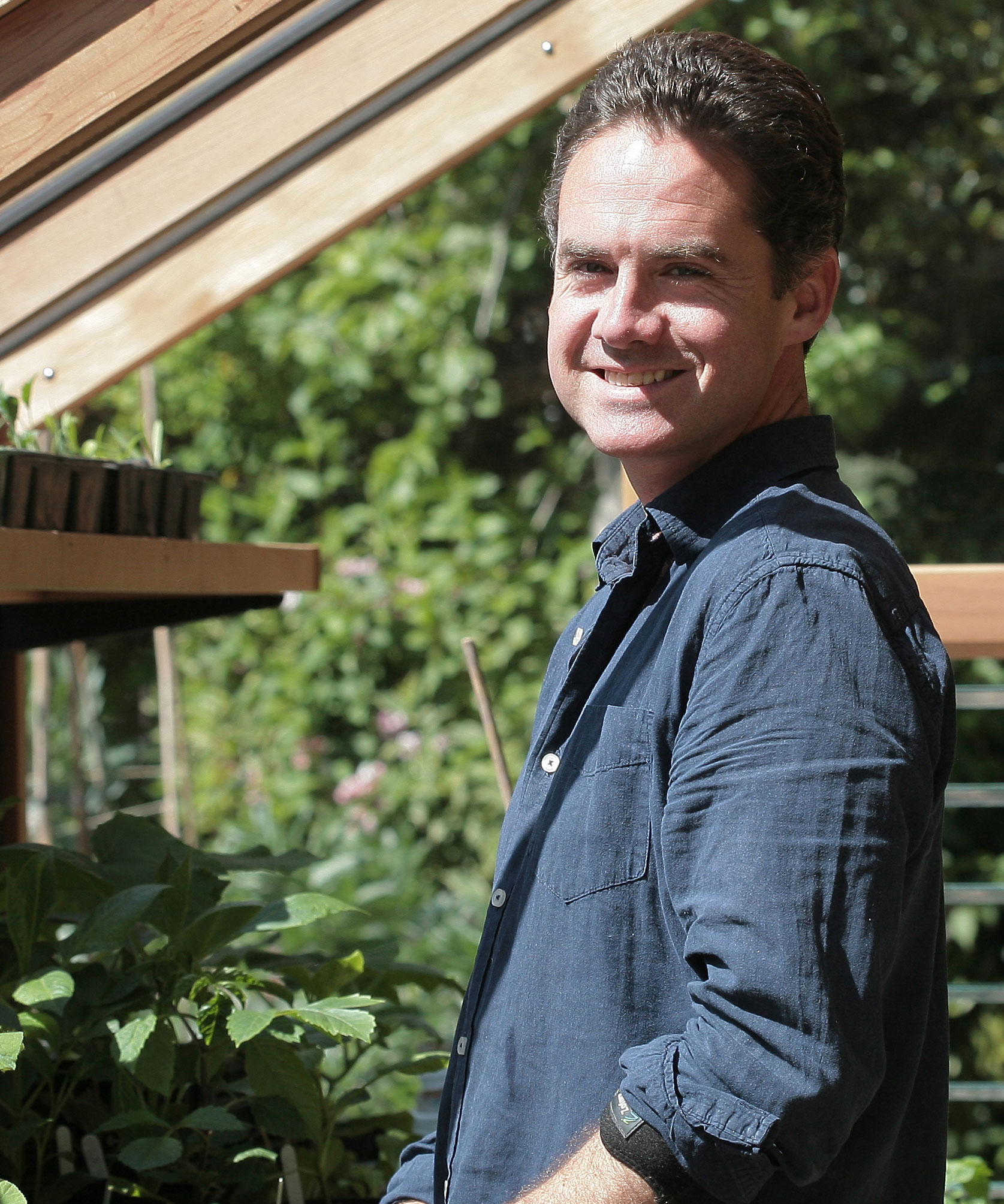
Edward Bowring is a horticultural therapist and writer with a passion for gardening and the health benefits that it has to offer. With a background in occupational therapy, Edward worked within health care settings where he witnessed first-hand the healing power of gardening and has managed and run therapeutic kitchen and community gardens ever since.
You must confirm your public display name before commenting
Please logout and then login again, you will then be prompted to enter your display name.